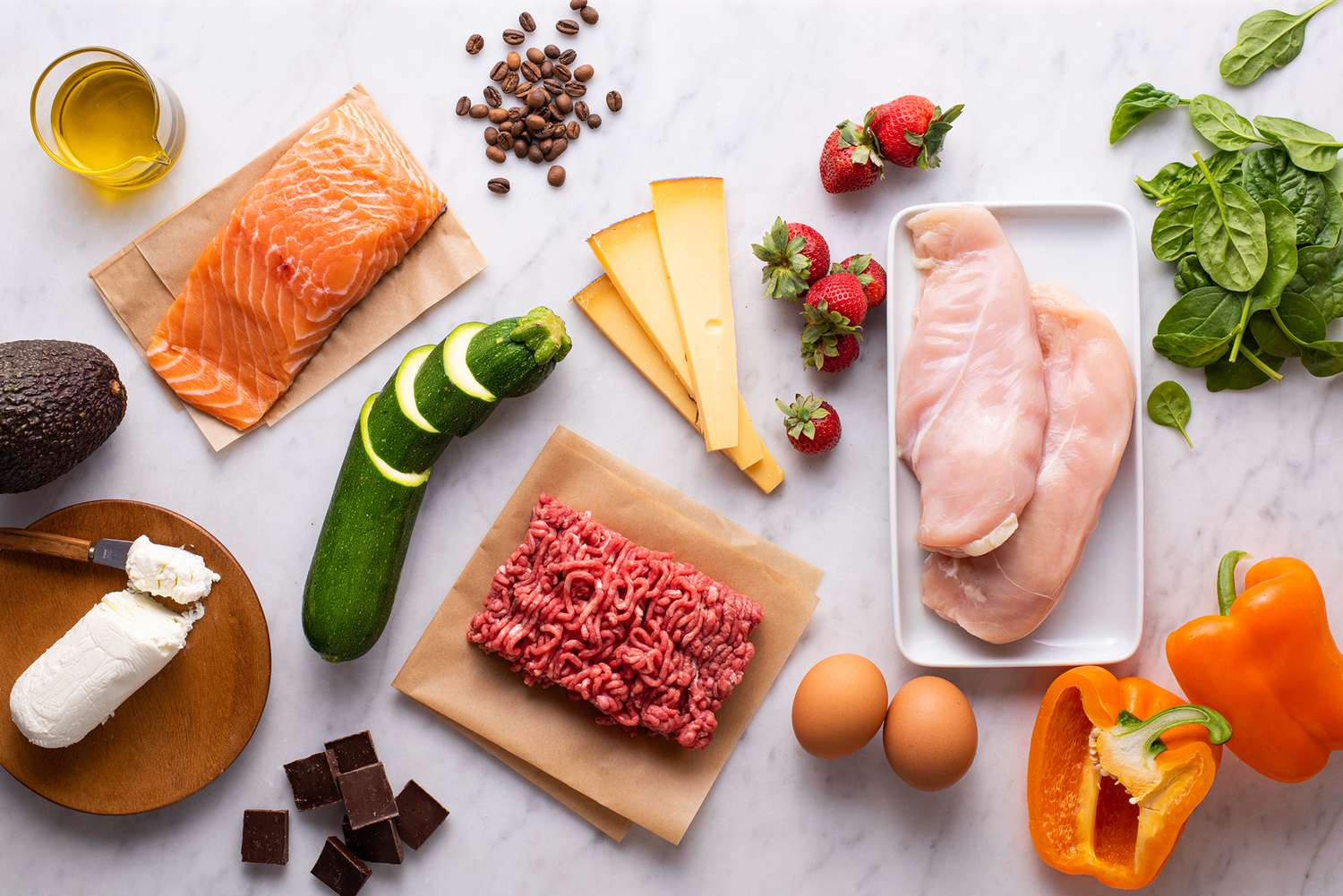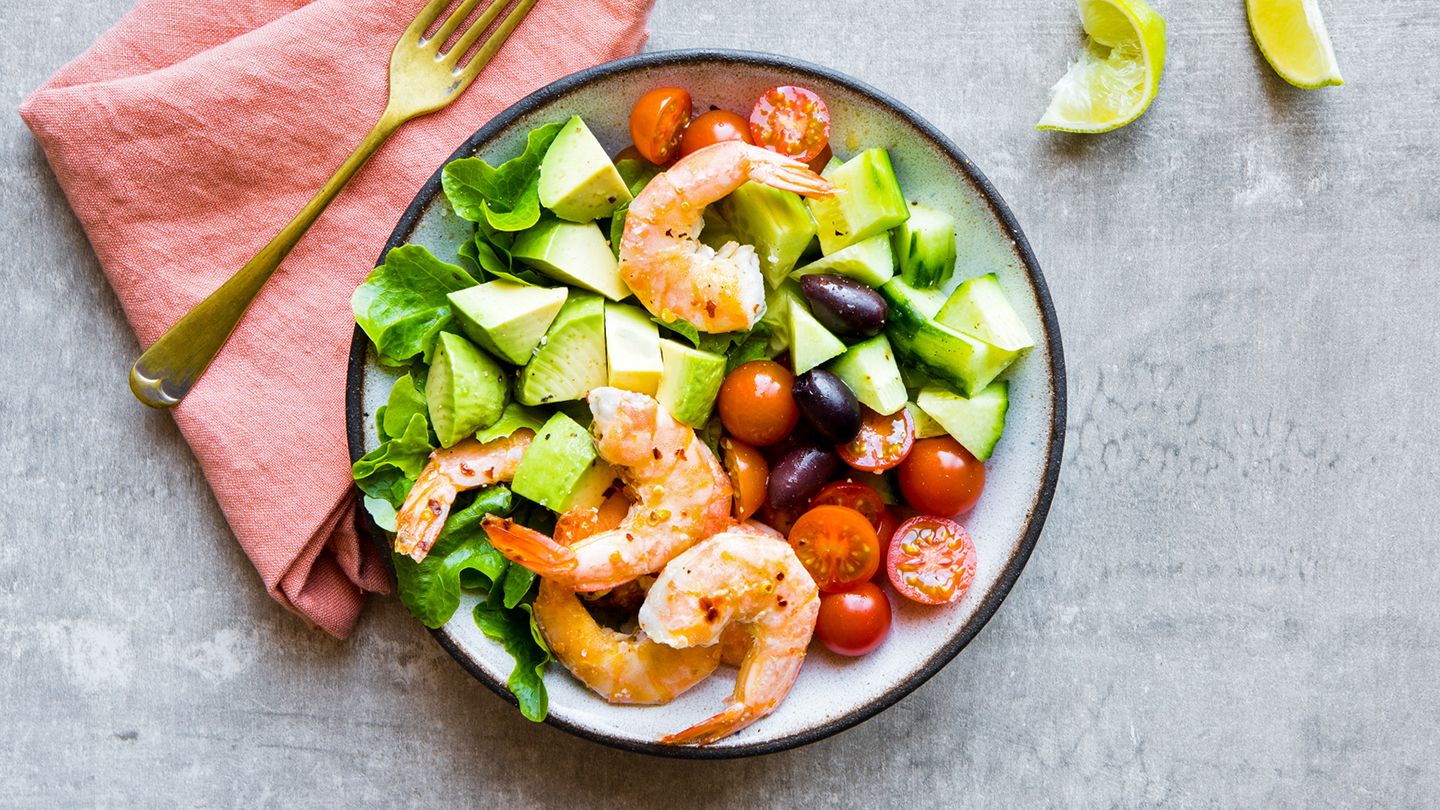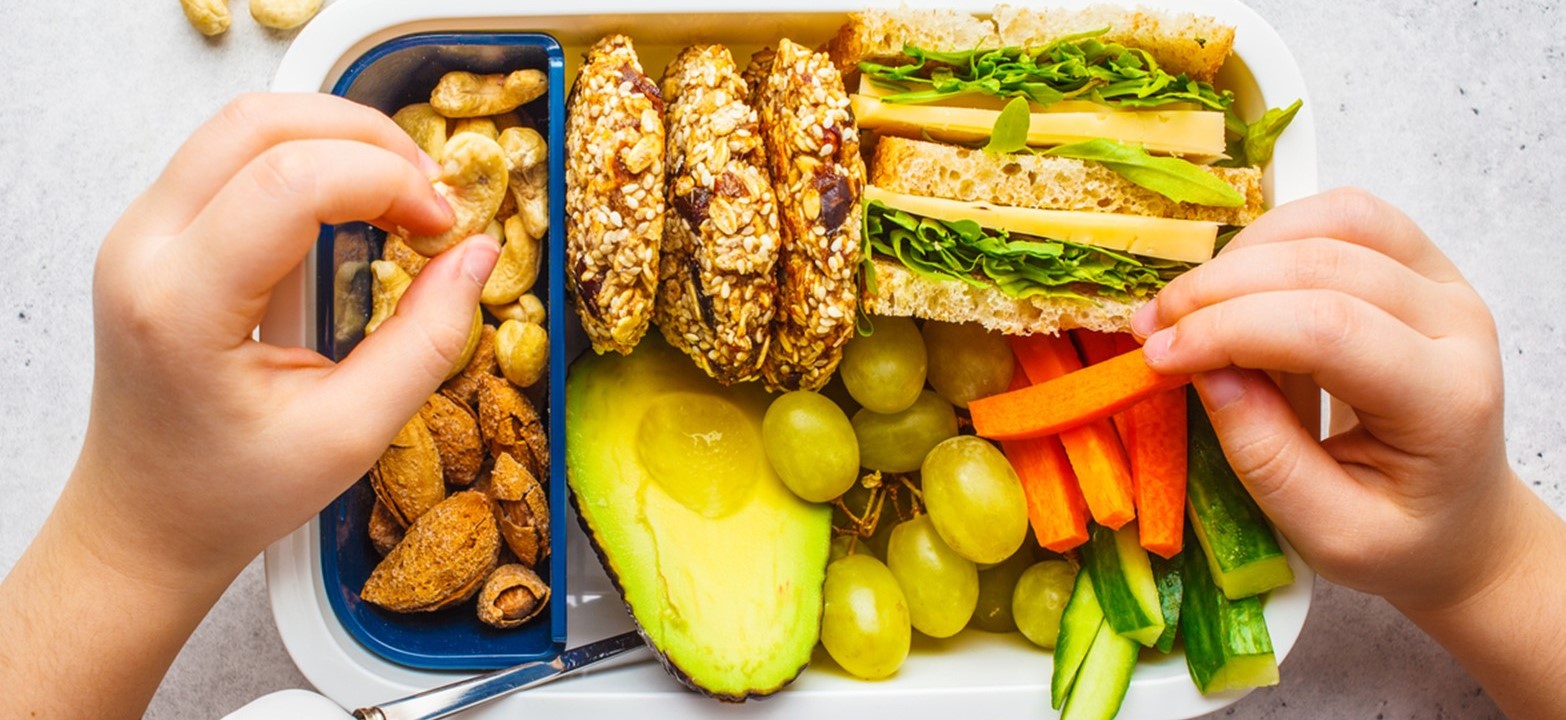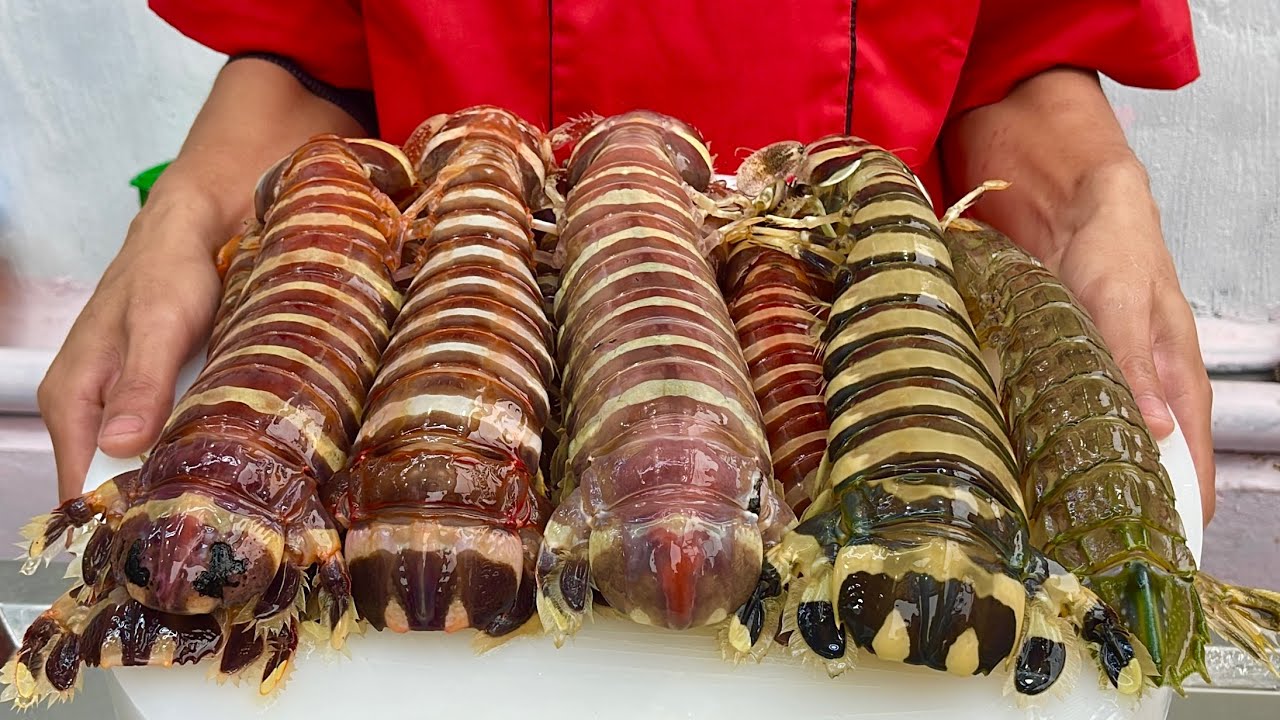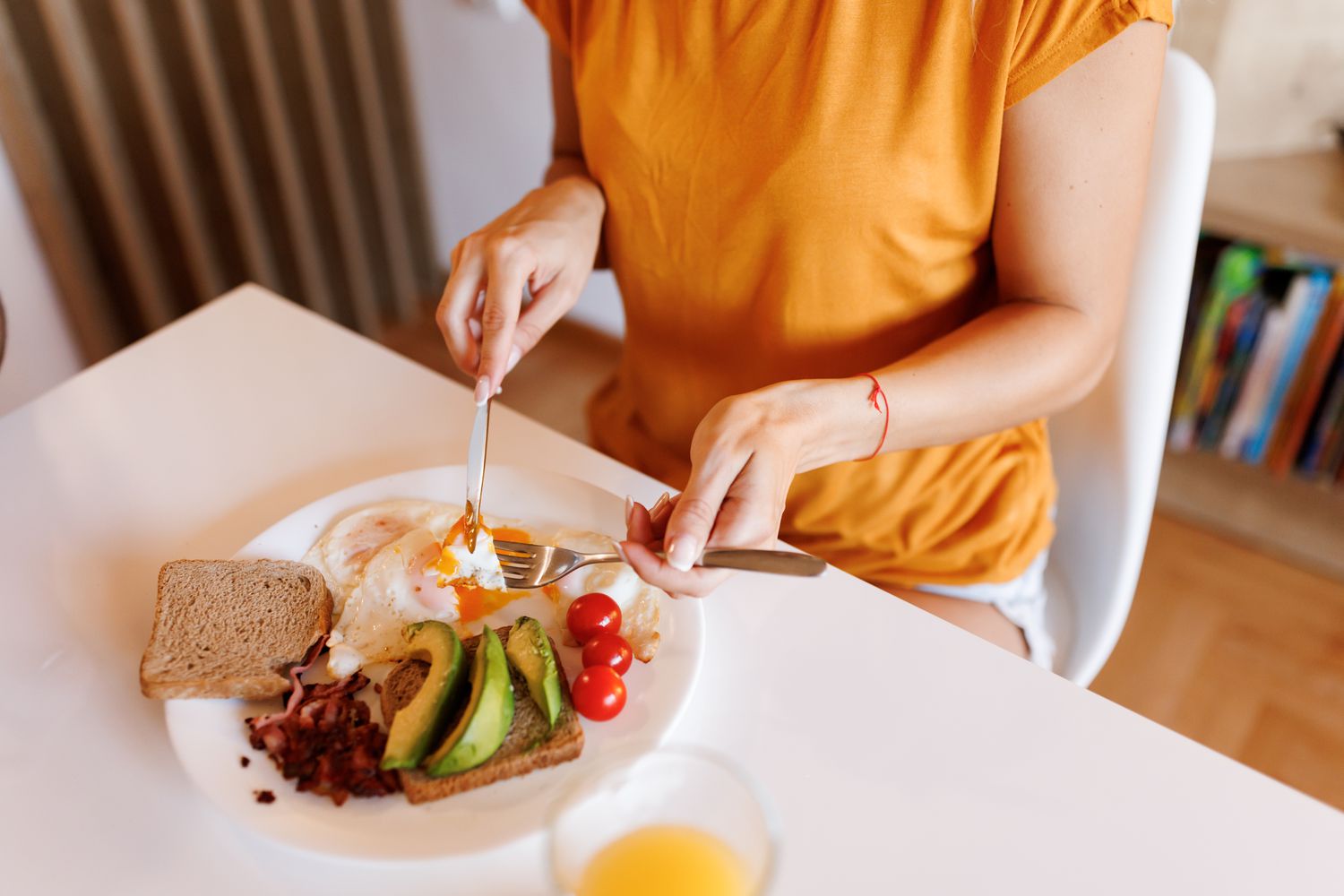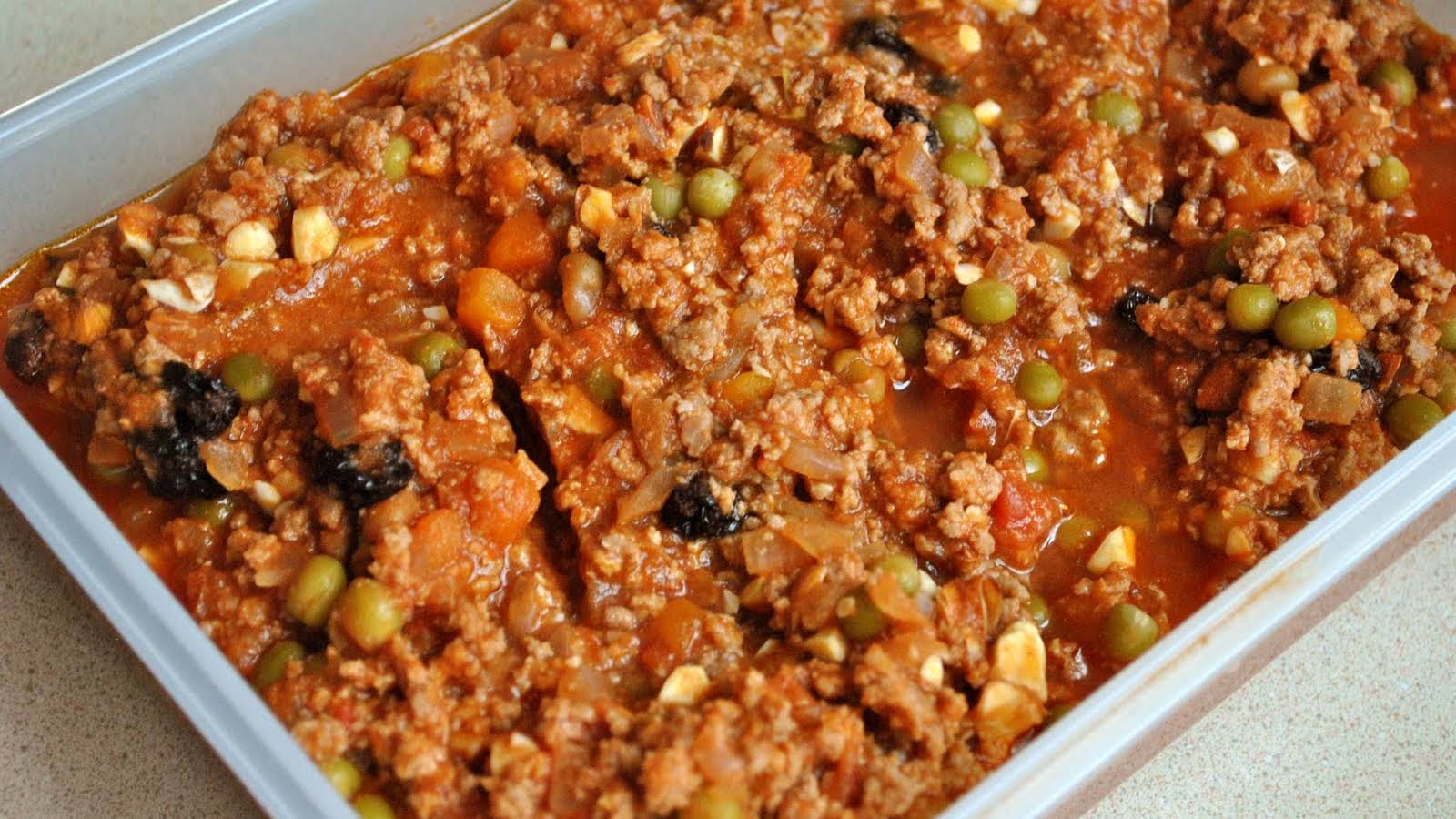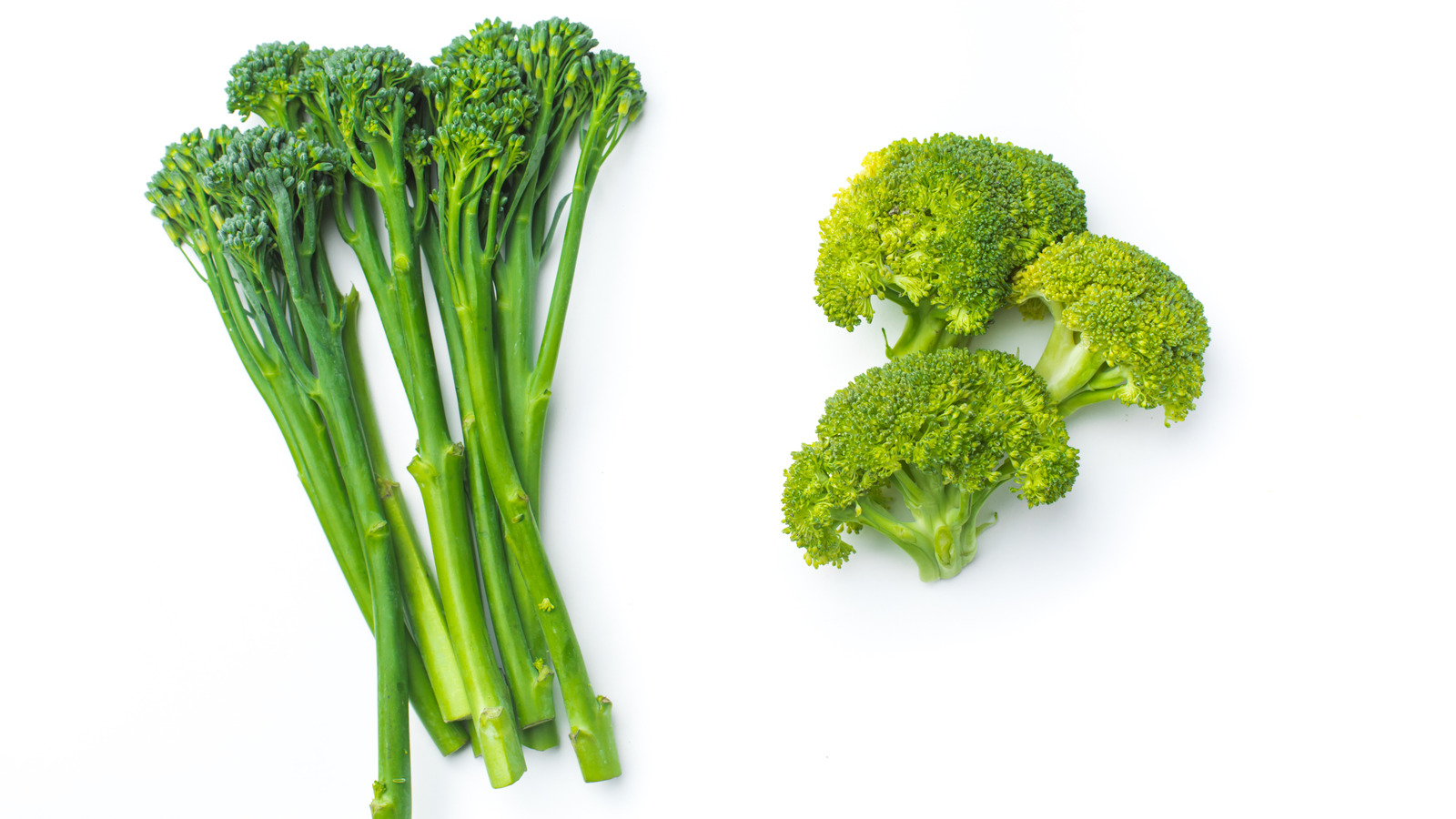How to Get Your Carbs Without Grains
Carbohydrates are an essential part of a balanced diet, providing the body with energy and fuel for daily activities. While grains are a common source of carbs, there are plenty of other delicious and nutritious options to consider. Whether you’re following a grain-free diet or simply looking to mix things up, here are some creative ways to ensure you’re getting enough carbs without relying on grains.
1. Embrace Root Vegetables
Root vegetables like sweet potatoes, carrots, and beets are excellent sources of carbohydrates. They can be roasted, mashed, or turned into delicious fries. These versatile veggies are not only rich in carbs but also packed with essential nutrients and fiber.
2. Enjoy Legumes
Lentils, chickpeas, and black beans are all fantastic sources of carbohydrates. They can be added to soups, salads, or stews, providing a hearty and satisfying addition to any meal. Legumes are also high in protein and fiber, making them a great choice for overall health.
3. Incorporate Fruits
Fruits such as bananas, apples, and berries are naturally sweet and loaded with carbohydrates. They make for a convenient and delicious snack, and can also be added to smoothies, oatmeal, or yogurt for a tasty carb boost.
4. Opt for Quinoa
While technically a seed, quinoa is often used as a grain alternative and is a fantastic source of carbohydrates. It can be used in place of rice or couscous and serves as a complete protein, making it a valuable addition to any diet.
5. Try Alternative Flours
For those who enjoy baking, there are plenty of grain-free flours available that are perfect for creating carb-rich treats. Almond flour, coconut flour, and cassava flour are just a few examples of versatile options that can be used to make everything from pancakes to cookies.
6. Don’t Forget about Potatoes
White potatoes often get a bad rap, but they are actually a great source of carbohydrates. Whether mashed, roasted, or turned into fries, potatoes are a satisfying and budget-friendly way to increase your carb intake without relying on grains.
7. Explore Ancient Grains
While some may choose to avoid modern grains, there are several “ancient grains” that provide a nutrient-dense source of carbohydrates. Options like amaranth, teff, and millet offer unique flavors and textures, adding variety to your carb choices.
By incorporating these diverse and delicious options into your diet, you can easily meet your carbohydrate needs without relying on traditional grains. Experiment with different ingredients to discover new favorite recipes and enjoy the benefits of a well-rounded, grain-free approach to carb consumption.
